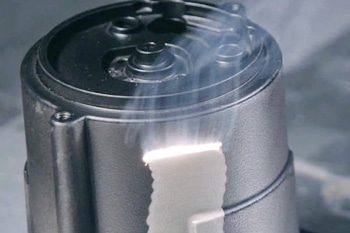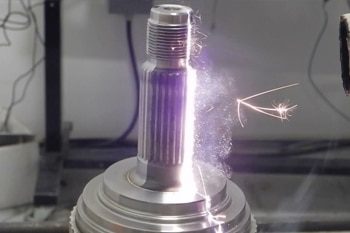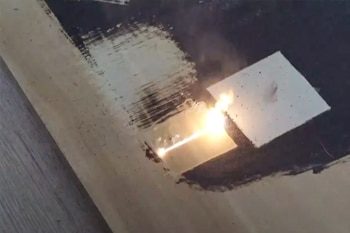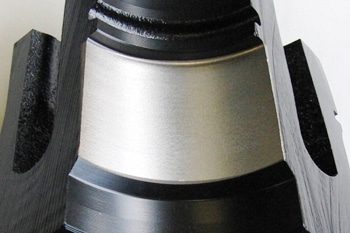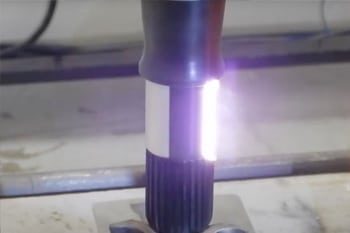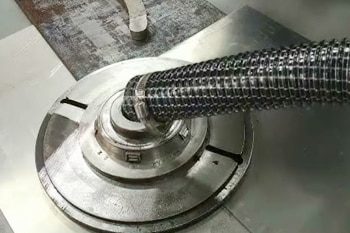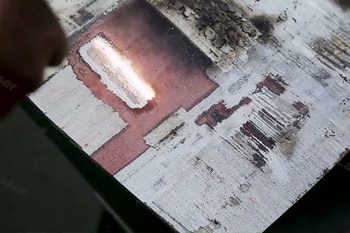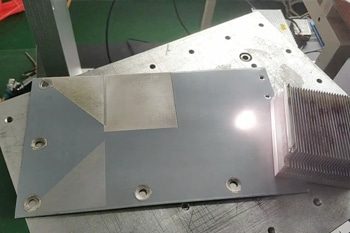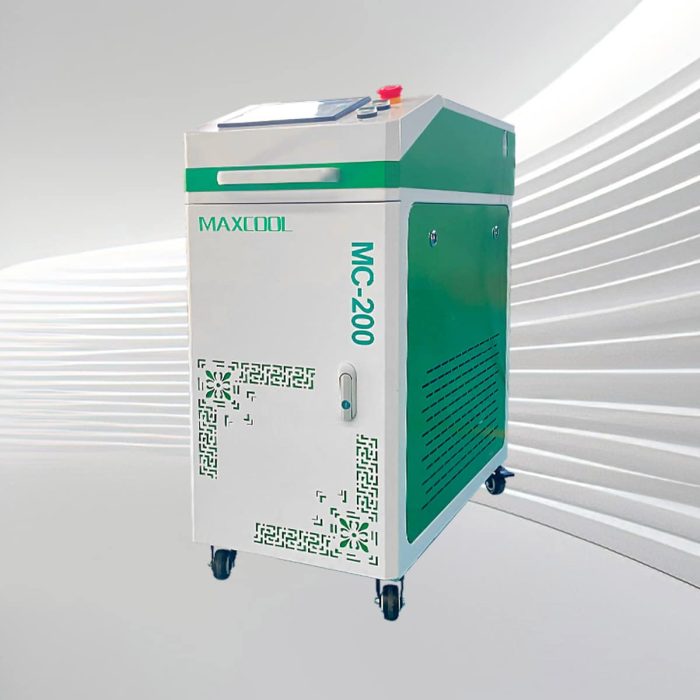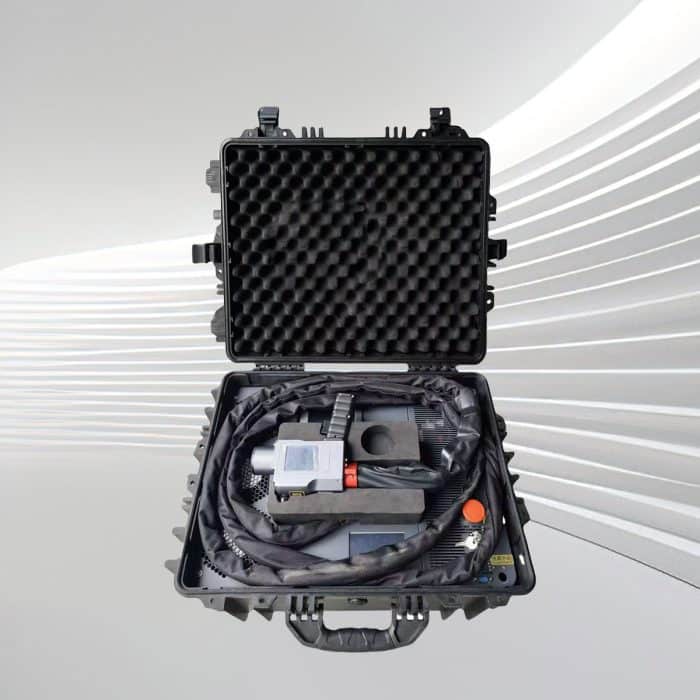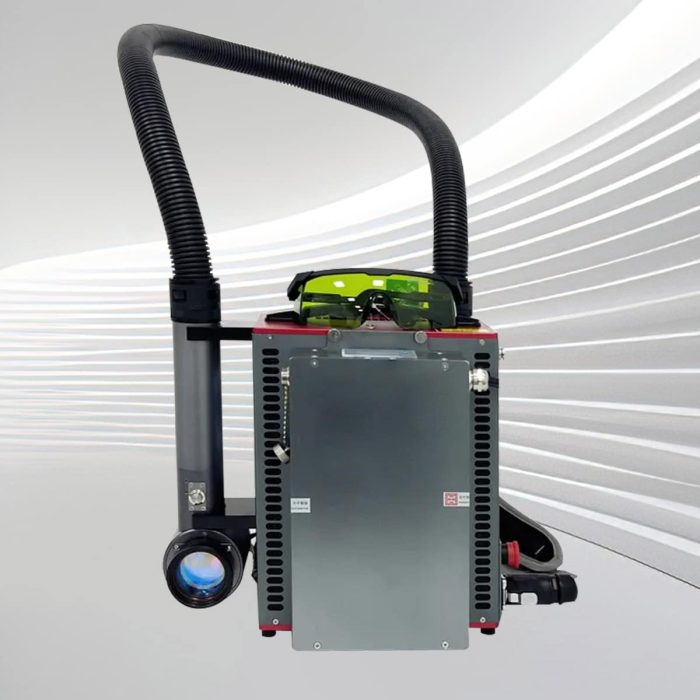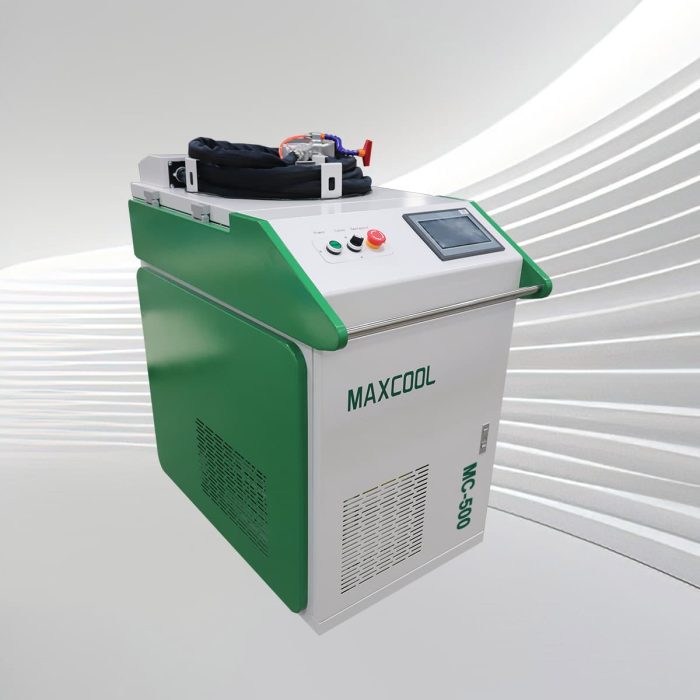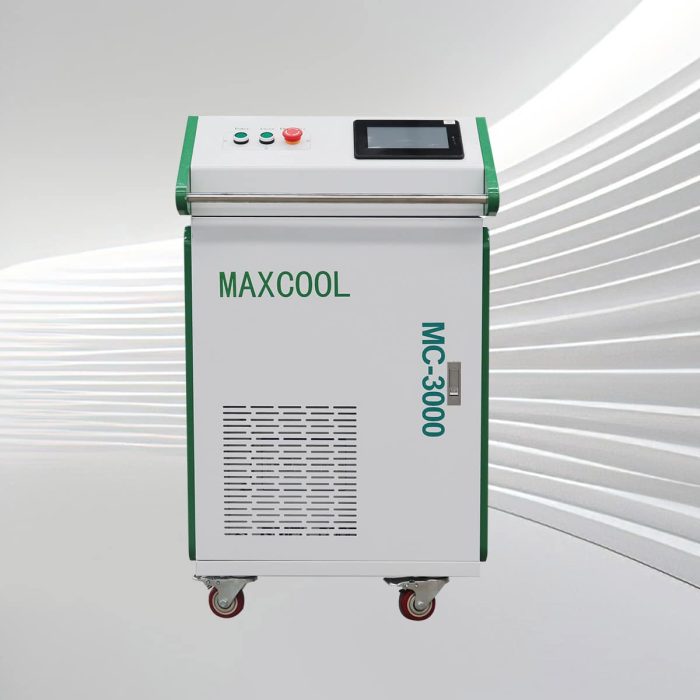Laser Cleaning Paint
Paint Laser Cleaning Machines
-
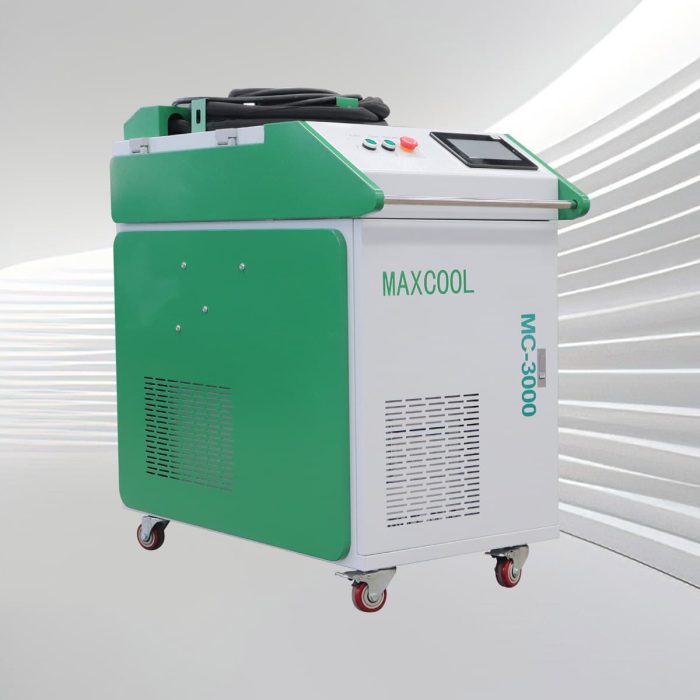
Standard Continuous Laser Cleaning Machine
Rated 4.75 out of 5$3,200 – $6,600 This product has multiple variants. The options may be chosen on the product page -
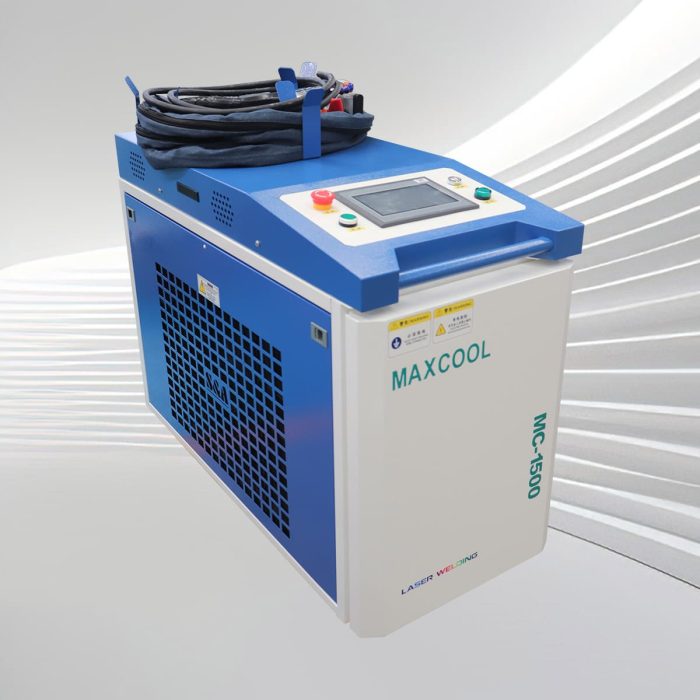
Portable Continuous Laser Cleaning Machine
Rated 4.50 out of 5$3,100 – $6,500 This product has multiple variants. The options may be chosen on the product page -

Double Wobble Pulse Laser Cleaning Machine
Rated 4.75 out of 5$4,300 – $16,000 This product has multiple variants. The options may be chosen on the product page -

Luggage Pulse Laser Cleaning Machine
Rated 5.00 out of 5$6,300 – $16,800 This product has multiple variants. The options may be chosen on the product page -

Backpack Pulse Laser Cleaning Machine
Rated 4.75 out of 5$6,600 – $8,900 This product has multiple variants. The options may be chosen on the product page -

High Power Pulse Laser Cleaning Machine
Rated 4.75 out of 5$9,300 – $64,300 This product has multiple variants. The options may be chosen on the product page -

Double Wobble Continuous Laser Cleaning Machine
Rated 5.00 out of 5$3,700 – $7,100 This product has multiple variants. The options may be chosen on the product page
Benefits of Laser Cleaning Paint
High Precision
Removes paint with pinpoint accuracy, preserving the integrity of the underlying material, making it ideal for complex or delicate surfaces.
Environmentally Friendly
Uses no chemicals or solvents, reducing hazardous waste and promoting a safer, cleaner workspace.
Minimal Residue
Produces minimal dust and debris, making post-cleaning processes easier and reducing the need for extensive cleanup.
Cost-Effective
Lowers operational costs through reduced labor, faster cleaning times, and the elimination of consumables like chemicals or abrasives.
Versatile Applications
Adaptable to various industries, from automotive and aerospace to heritage restoration, handling different surfaces and paint types.
Non-Contact Method
Protects sensitive surfaces by avoiding physical contact, preventing wear and tear or damage during the cleaning process.
Factors to Consider Before Buying Paint Laser Cleaning Machines
Power Requirements
Match the laser’s power to the paint thickness and type for effective removal. Higher power suits thicker coatings; lower power for lighter tasks.
Material Compatibility
Ensure the machine can handle the specific materials you’ll work with, like metal, wood, or plastic, for optimal performance.
Portability
Decide if you need a portable unit for on-site jobs or a stationary system for industrial use, depending on your operational needs.
Precision Needs
Choose a machine with the accuracy required for detailed or delicate paint removal tasks to avoid damaging the underlying surface.
Operating Costs
Consider ongoing costs like maintenance, energy, and consumables to assess the total cost of ownership and fit your budget.
Ease of Use
Look for user-friendly controls and automation features to streamline operations and reduce training time.
Safety Features
Ensure the machine includes safety mechanisms such as protective enclosures and emergency stops to protect operators.
Warranty and Support
Verify the machine has a solid warranty and reliable customer support for troubleshooting and long-term reliability.
Comparison with Other Paint Cleaning Methods
| Feature/Method | Laser Cleaning | Sandblasting | Chemical Paint Removal | Mechanical Grinding | Electrolytic Paint Removal | Ultrasonic Rust Removal |
| Efficiency | High, especially for complex surfaces | High, but can be harsh on surfaces | Moderate, requires multiple applications | Moderate, surface-dependent | Moderate, effective for certain coatings | Moderate, effective for rust and some coatings |
| Environmental Impact | Low, minimal waste | High, generates dust and debris | High, produces hazardous waste | High, generates dust and debris | Moderate, requires disposal of chemicals | Low, minimal waste |
| Safety | High, low risk | Low, requires protective gear | Low, requires safety measures | Medium, risk of physical injury | Medium, involves electrical hazards | High, low risk |
| Surface Damage | Low, precise control | High, abrasive and may damage surface | Low, if chemicals are carefully selected | High, can cause wear and tear | Low, non-abrasive if used properly | Low, non-abrasive |
| Suitable Materials | Various materials, including metals and non-metals | Hard surfaces, primarily metals | Certain materials and coatings | Hard materials | Metals, specific coatings | Metals, some coatings |
| Operational Complexity | Low, easy to operate | Medium, requires technique | High, requires proper handling | Medium, requires skill | Medium, requires equipment setup | Low, straightforward |
| Cost | High, significant equipment investment | Medium, lower initial cost but high operational costs | Medium, cost of chemicals | Low, relatively inexpensive equipment | High, equipment investment | Medium, equipment cost |
| Cleanup Requirements | Low, minimal residue | High, needs dust and debris cleanup | High, requires hazardous waste handling | High, dust and debris cleanup | Low, minimal cleanup required | Low, minimal cleanup |
Application of Laser Cleaning Paint
- Industrial Equipment Maintenance: Laser paint cleaning is used to remove old coatings and contaminants from industrial machinery, ensuring optimal performance and extending equipment lifespan.
- Historic Building Restoration: It helps in the meticulous restoration of historic buildings by safely removing layers of old paint without damaging the underlying structures or original finishes.
- Automotive Industry: Laser technology efficiently strips paint from automotive parts and bodies, facilitating repairs, refinishing, and preparing surfaces for new coatings.
- Aerospace Component Cleaning: Precision cleaning with lasers is employed to remove coatings and contaminants from aerospace components, ensuring high performance and safety standards.
- Marine Vessel Maintenance: In maritime applications, laser cleaning is used to remove rust and paint from ship hulls and other marine equipment, aiding in maintenance and repairs.
- Art and Sculpture Restoration: Laser paint cleaning is applied to restore artworks and sculptures by carefully removing unwanted coatings while preserving delicate details and original materials.
- Metal Surface Preparation: Before applying new coatings or treatments, lasers are used to clean metal surfaces, removing old paint, rust, and contaminants for better adhesion and finish quality.
- Railway Equipment Maintenance: Laser cleaning helps in maintaining railway infrastructure by removing old paint and rust from tracks and rolling stock, ensuring safety and reliability.
- Manufacturing Facility Upkeep: In manufacturing settings, laser paint cleaning is used to maintain and clean production equipment, including conveyor belts and machinery, to prevent downtime and ensure efficiency.
